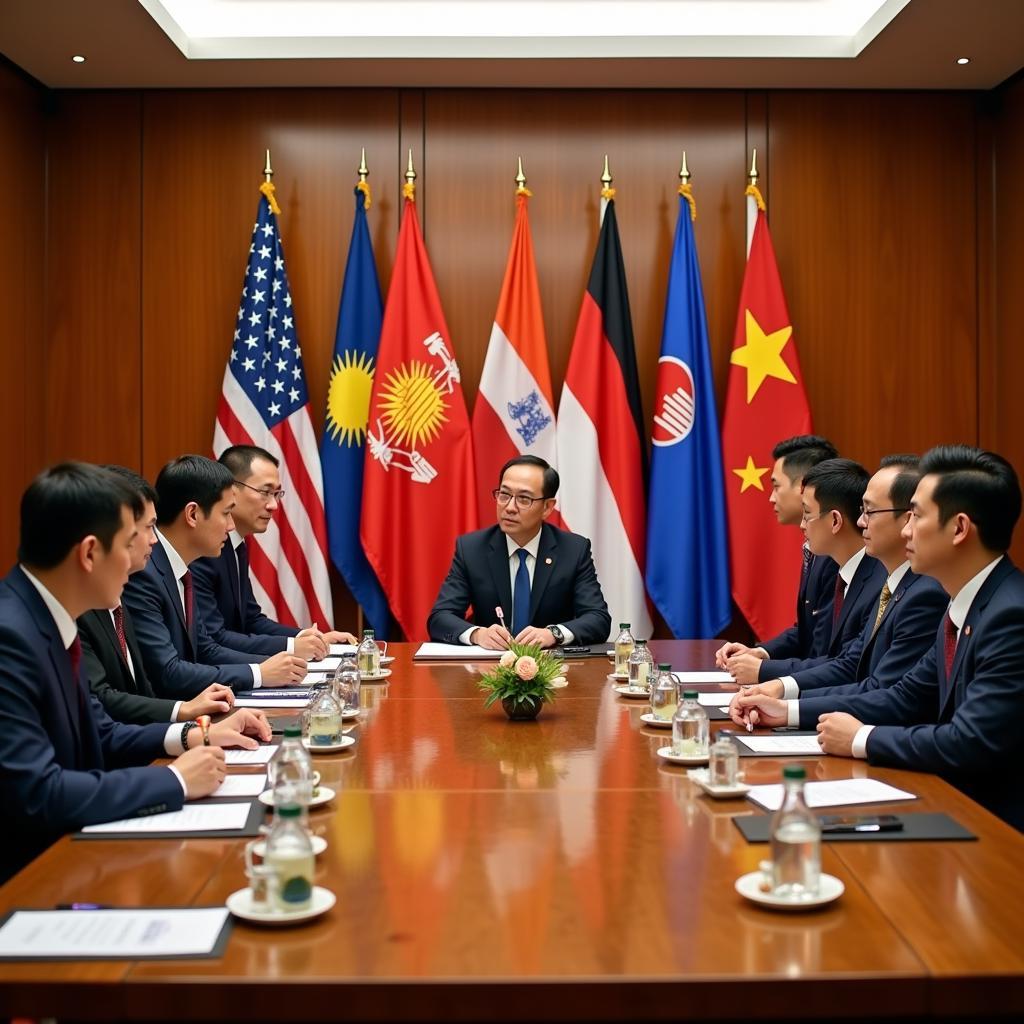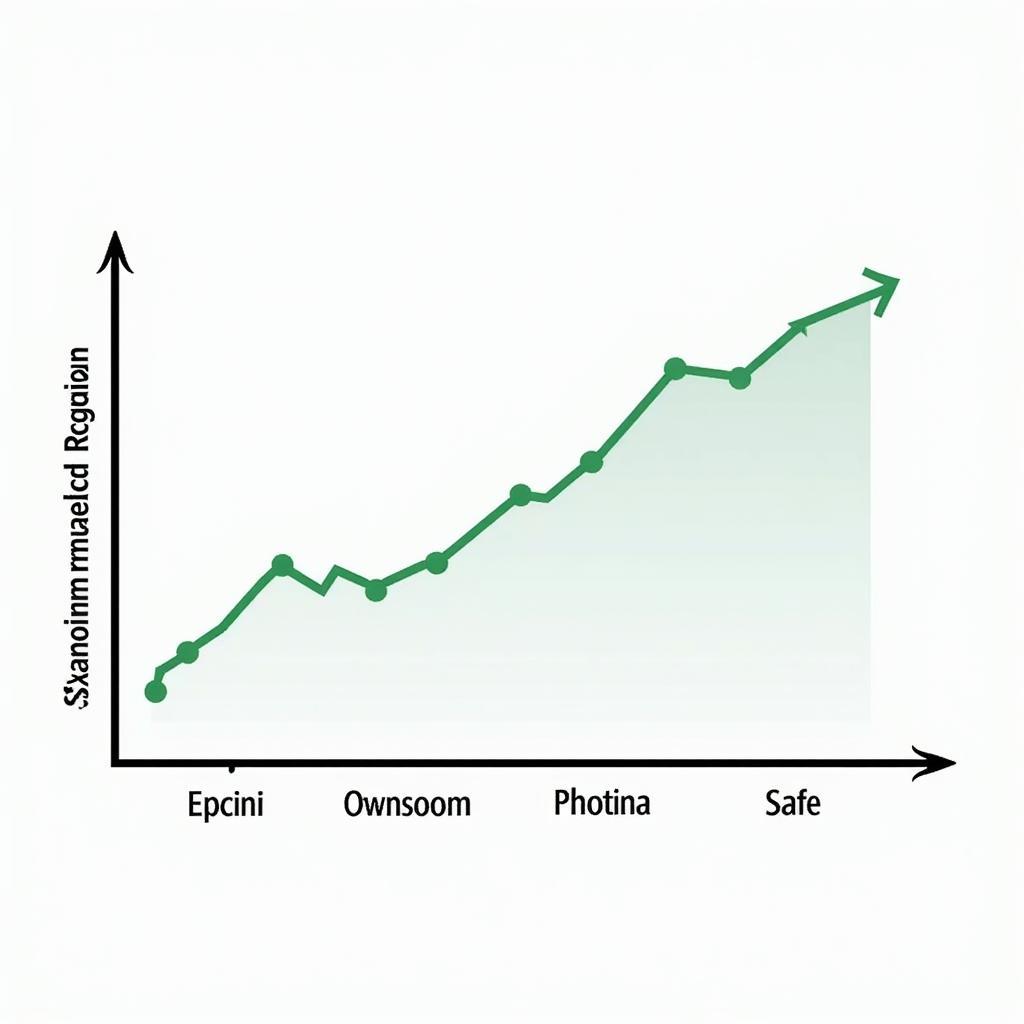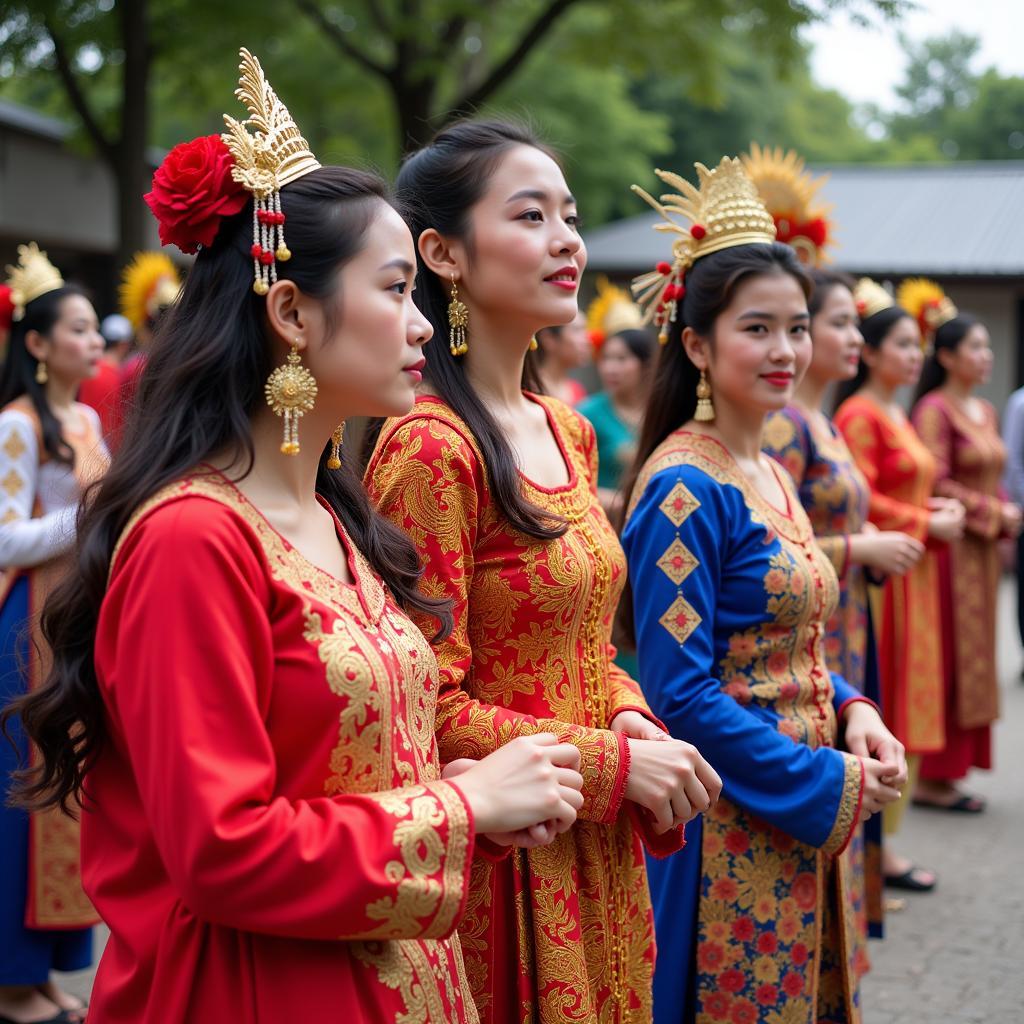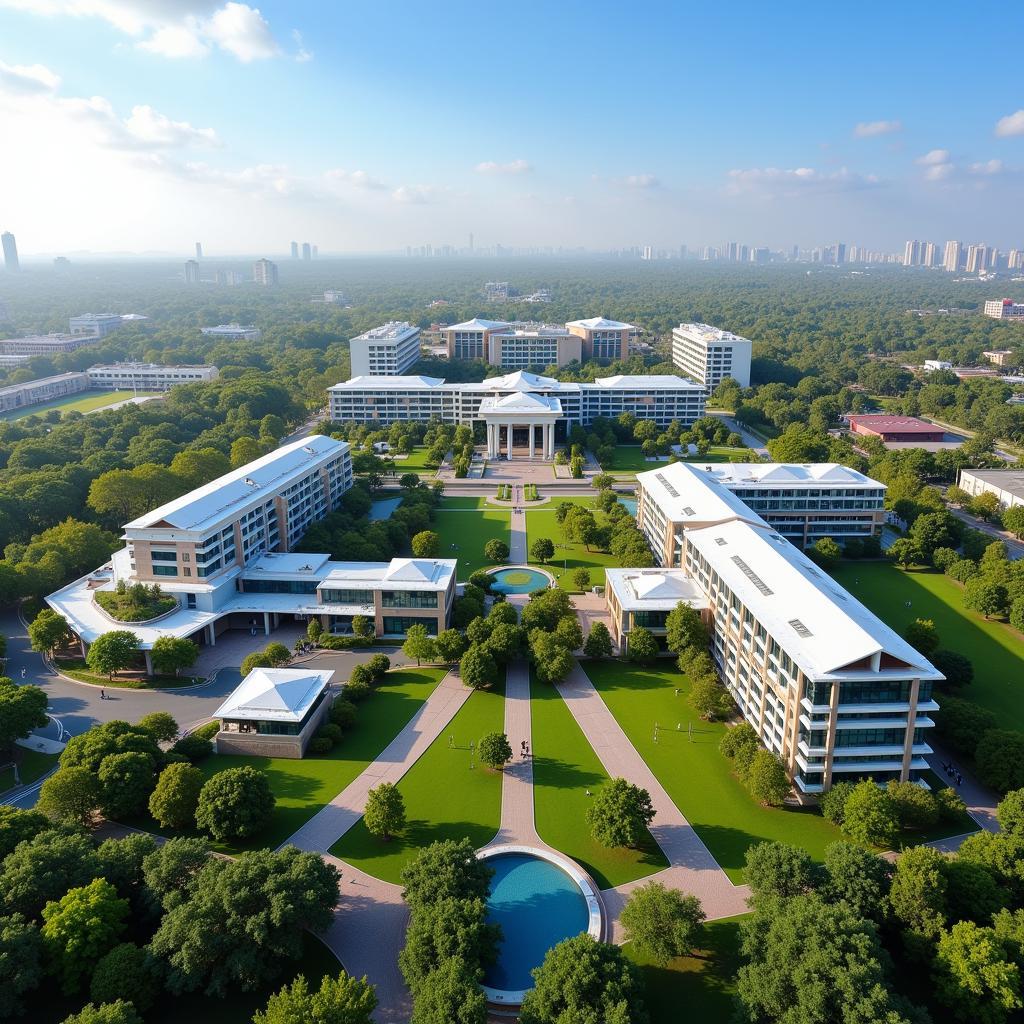The Association of Southeast Asian Nations, or ASEAN, is a political and economic union of 10 member states in Southeast Asia. Formed in 1967, ASEAN promotes intergovernmental cooperation and facilitates economic, political, security, military, educational, and sociocultural integration amongst its members and other Asian states. This collaborative effort has made ASEAN a significant force in both regional and global politics.
Understanding the Basics of ASEAN
What exactly does ASEAN entail? At its core, ASEAN represents a shared commitment to peace, stability, and prosperity in Southeast Asia. This is achieved through dialogue, consensus, and cooperation. The organization works to accelerate economic growth, social progress, and cultural development in the region. Furthermore, ASEAN fosters regional peace and stability by upholding the rule of law and promoting collaboration amongst its member states. The organization’s influence extends beyond Southeast Asia, engaging with various international partners to address global challenges. Its collective voice strengthens its position on the world stage. For anyone interested in Southeast Asia, understanding ASEAN is crucial.
Thinking about the future, initiatives like the ASEAN Economic Community (AEC) aim to create a single market and production base, further integrating the economies of member states. This integration will facilitate the free flow of goods, services, investments, skilled labor, and capital within the region.
Just after this introduction, we’d like to link you to an interesting article discussing the number of countries within ASEAN: ASEAN 10 or 11 countries.
Who are the Members of ASEAN?
ASEAN is comprised of 10 diverse nations: Brunei, Cambodia, Indonesia, Laos, Malaysia, Myanmar, the Philippines, Singapore, Thailand, and Vietnam. Each member nation brings its unique cultural heritage, economic strengths, and political perspectives to the table, enriching the tapestry of the organization. This diversity is a key strength of ASEAN, allowing for a wide range of perspectives and approaches to regional issues.
How Does ASEAN Function?
The decision-making process within ASEAN is based on consultation and consensus, reflecting the organization’s commitment to collaboration and mutual respect. The ASEAN Charter, adopted in 2007, provides a legal framework for the organization’s operations, ensuring transparency and accountability. Various ministerial-level councils oversee specific areas of cooperation, such as economics, security, and culture.
 ASEAN Summit Meeting
ASEAN Summit Meeting
What are the Key Objectives of ASEAN?
ASEAN’s primary objectives are multifaceted, focusing on economic, political, social, and cultural development within the region. These objectives include promoting economic growth, fostering social progress, encouraging cultural development, safeguarding regional peace and stability, and enhancing cooperation among member states.
What is ASEAN’s Role in the Global Landscape?
ASEAN plays a vital role in the global arena, acting as a platform for regional dialogue and cooperation on various international issues. The organization engages with global partners to address shared challenges, such as climate change, terrorism, and economic instability. Its collective voice amplifies the influence of Southeast Asian nations in international forums.
 ASEAN Economic Growth Chart
ASEAN Economic Growth Chart
ASEAN’s influence has been crucial in navigating complex regional dynamics, such as the South China Sea dispute, and in promoting peaceful resolutions to conflicts. The organization also serves as a bridge between major powers, fostering dialogue and understanding. Have you ever wondered about past ASEAN conferences? ASE Conference 2020 Seattle offers more insights.
How Does ASEAN Benefit its Member States?
Membership in ASEAN provides numerous advantages to member states. These benefits include enhanced economic opportunities through regional integration, increased political stability through dialogue and cooperation, and greater cultural exchange and understanding. ASEAN also provides a platform for member states to address shared challenges and advocate for their interests on the global stage.
What are the Future Prospects for ASEAN?
ASEAN’s future is bright, with ongoing efforts to deepen integration and expand cooperation among member states. The AEC represents a significant step towards realizing the vision of a single market and production base, further boosting economic growth and development within the region. ASEAN continues to evolve and adapt to the changing global landscape, ensuring its continued relevance and effectiveness. Looking for more information about ASEAN member states? You might find this helpful: 10 ASEAN Countries 2017.
 ASEAN Cultural Exchange Program
ASEAN Cultural Exchange Program
Conclusion
In conclusion, what is ASEAN? It’s more than just an organization; it represents a shared vision for a peaceful, prosperous, and integrated Southeast Asia. ASEAN’s collective strength lies in its ability to bring together diverse nations to address shared challenges and pursue common goals. Its ongoing efforts towards deeper integration and broader cooperation will continue to shape the future of the region and its role in the global community. If you have questions regarding the organization, here’s a helpful article about ASE spam Fortigate: ASE Spam Fortigate. It might offer valuable insights.
FAQ
- What does ASEAN stand for? Answer: Association of Southeast Asian Nations.
- How many countries are in ASEAN? Answer: 10 member states.
- When was ASEAN established? Answer: 1967.
- What is the ASEAN Charter? Answer: The legal framework governing ASEAN’s operations.
- What is the AEC? Answer: ASEAN Economic Community, aiming to create a single market and production base.
- What are the main goals of ASEAN? Answer: To promote regional peace, stability, and prosperity through cooperation.
- How does ASEAN benefit its members? Answer: Enhanced economic opportunities, increased political stability, and greater cultural exchange.
Need Help with ASEAN Related Information?
For any further assistance or inquiries about ASEAN, please don’t hesitate to contact us:
Phone: 0369020373
Email: [email protected]
Address: Thon Ngoc Lien, Hiep Hoa, Bac Giang, Vietnam.
Our customer support team is available 24/7 to assist you.

